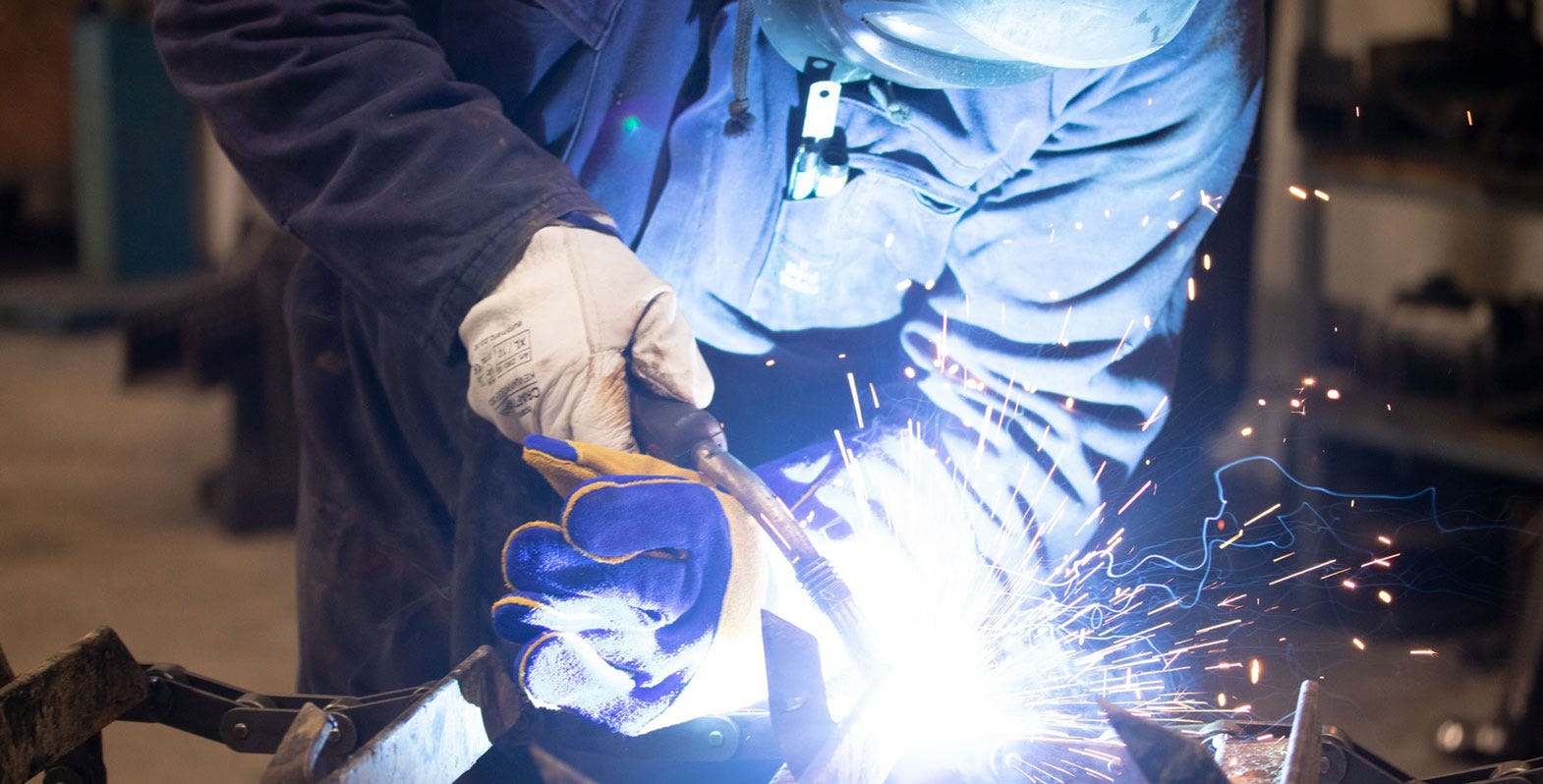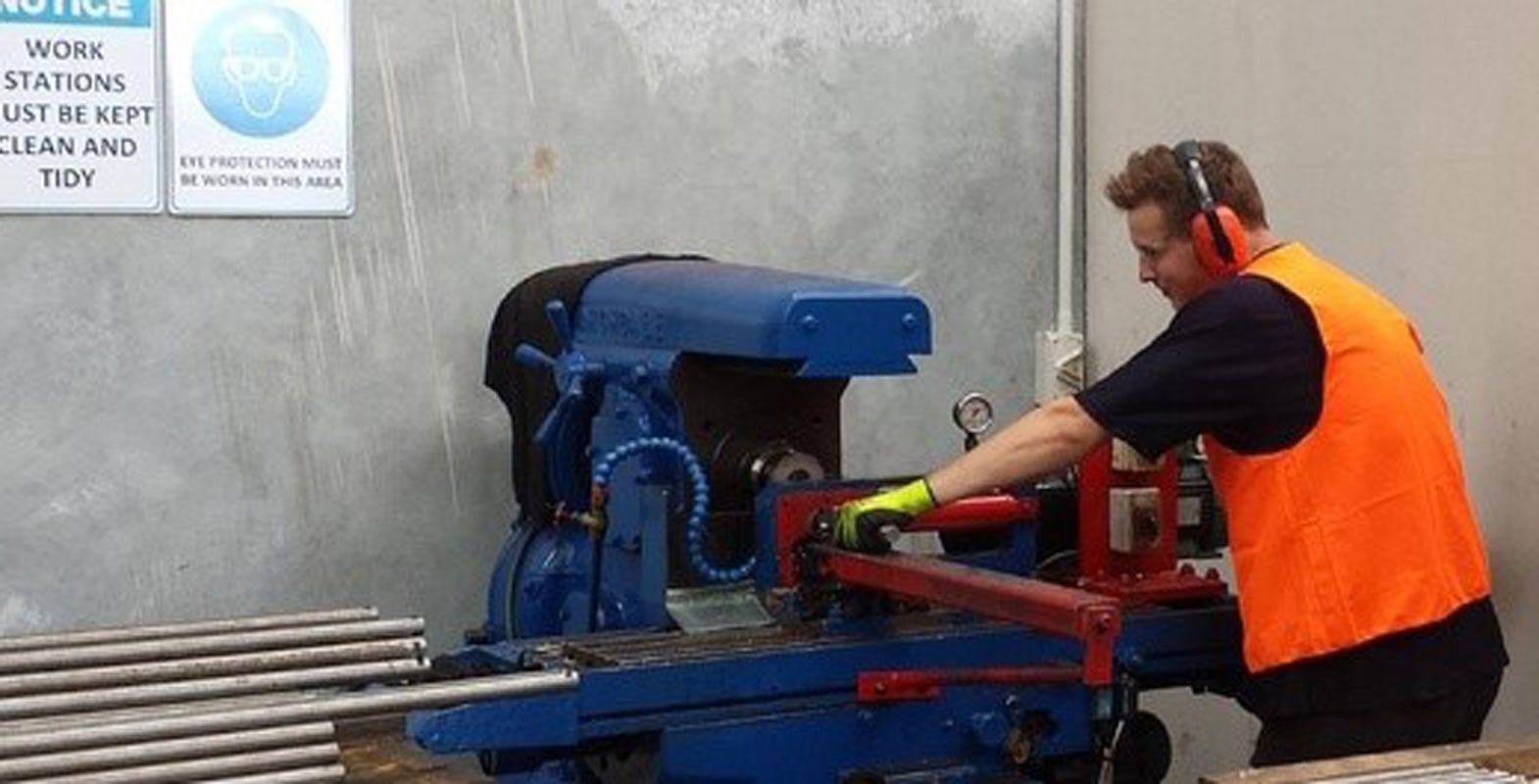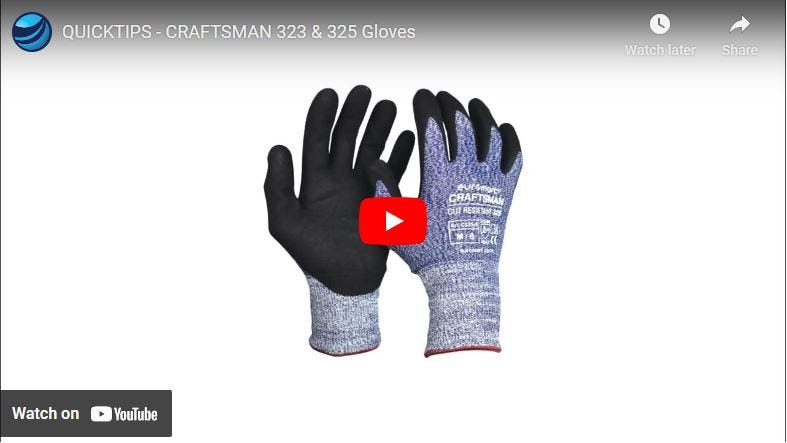3 Recipes For The Best Engineer’s General Handling Gloves
Engineering can be rough work. With a constant need to pick things up, handle fiddly pieces and hard to grip items, dry and oily surfaces, as well as dealing with dust, dirt, sparks, and heat – your hands can end up looking and feeling like a tough piece of leather, not to mention feeling fatigued, and the risk of injury if you don't have the right gloves on hand.

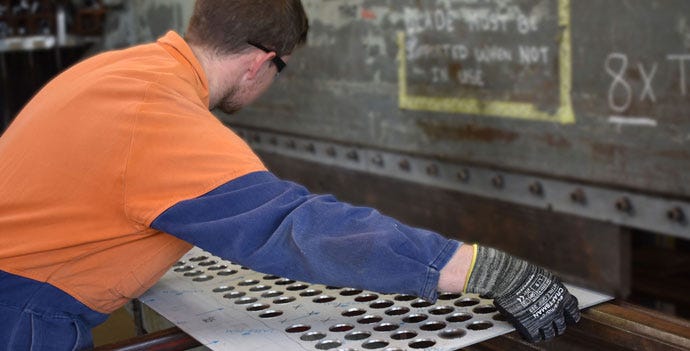
Since ‘general handling’ can incorporate a large variety of tasks, here’s 3 recipes for the most popular types of general handling gloves for engineers:
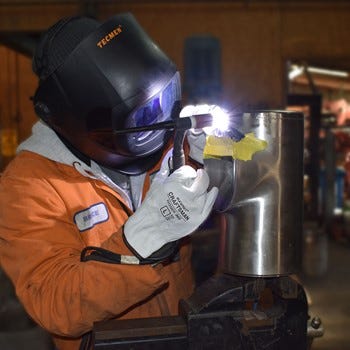

1. Leather Riggers
Why Riggers?
For a lot of tasks engineers need gloves that not only protect their hands and wrists from abrasion, heat and sparks, but gloves that are durable enough to endure these conditions. Leather Riggers are great for general handling as the leather is tough, heat resistant, and comfortable. However the key ingredients you need for great rigger gloves are:
A-Grade Leather
Leather is well known for it’s durability, and ability to withstand heat – hence it is a common material used for PPE in rough environments and where heat protection is needed. Unfortunately there can be quite large variations in quality when it comes to products labelled ‘leather’.
What is bad quality leather?
As leather is a natural material, the thickness of the skin will be different depending on which part of the animal it comes from, and between different skins. When it comes to engineering safety, ‘bad quality’ leather is likely to be leather that is inconsistent in its thickness over the product, or where it is made from off-cuts stitched together. With either of these situations it is difficult to know how well the product will last, and the level of protection because the lack of consistency means the product can wear faster, or not be as strong in some areas over others.
What to look for:
A-grade quality leather means the product has been cut from the best pieces of leather with consistent thickness throughout. These are near perfect hides, allowing for 1-2 small defects in the prime cutting areas and 3-4 defects across the rest of the hide. So in other words – you can be reasonably certain your glove will be of a consistent high quality throughout.
Kevlar Stitching
While it is reasonably well known that leather is long lasting, often people forget about the material holding the product together when it comes to durability. This is where the distinction between Kevlar and nylon stitching is important. After all, leather gloves aren’t too useful if they’re falling apart at the seams!
What is Kevlar?
Kevlar is the registered name given to this specially blended synthetic fibre known for its strength, durability and light weight. It was originally developed to replace steel cord once used in car tyres.
Why use it for engineering?
It’s light, but very strong, and can handle the heat. In fact, Kevlar handles heat up to 400°C, and is over 8x stronger than steel wire. This makes it ideal for stitching on gloves and other PPE clothing where heavy-duty handling and heat is involved.
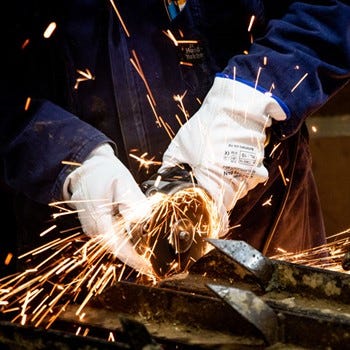

Kevlar is often used in applications where durability is essential, so will likely be paired with A-grade leather. Together these products are ideal for welding or other areas of intense heat or abrasion for added protection and safety.
Cuff Length
When trying on a pair of riggers, take note of the length of the cuff. If you’re dealing with sparks it’s really useful to have gloves that cover just that little bit further over your wrist, so that sparks aren’t hitting any exposed skin. It’s amazing how much difference another 10mm can make!
Stitching placement
How and where the glove is stitched is important both for comfort and durability. Stitching between the thumb and along the index finger can not only be uncomfortable with leather gloves, but it can make them wear out faster given the amount of abrasion the area is subjected to. A seamless index finger design will also give the wearer a better ability to feel what they are doing through the glove. Especially important when TIG welding and you want to feel the filler wire.


2. Grip Gloves
Grip gloves are becoming popular for general handling for engineers when heat protection is not as necessary. These are great where you need grip, feel and protection from handling slippery or fiddly items in oily or dry conditions. But what ingredients are going to make one grip glove better than another?
Comfort, Fit & Breathability
With the focus being on gripping, it’s not only important to have the protection over the palms and fingers, but that the gloves provide a reasonably secure fit to stop slipping. This is where it is preferable to have a breathable liner that extends over the back of the hand and down the wrist to provide that extra slip resistance. Breathability also means there will be less moisture and bacteria build up from sweat.
Nitrile Protection (the best coating for engineers)
Given engineers can be working in oily, wet or dry environments, you need a protective coating that will repel liquids to allow for an excellent grip, while also being abrasion resistant and durable. This is where a double layer of nitrile protection comes to the party. The first layer acts as a basic oil proofing, but a second coating provides a spongy layer of extreme oil grip performance for the best level of grip.
3. Cut Resistant Gloves
Although cut resistant gloves are more of a specialty glove, if you get the right one, it can be HANDY to have the extra level of protection, and they do tend to last longer than a standard grip glove. In this scenario you’ll want to look for a glove with the same qualities as your general purpose grip gloves above, but with a cut level 5.
Why cut level 5?
When talking about a ‘general purpose’ glove, you may or may not NEED level 5 cut protection – it really depends on the task you’re performing. However cut level 5 is what is recommended for steel fabrication. Click here for more information on cut resistant safety standards.
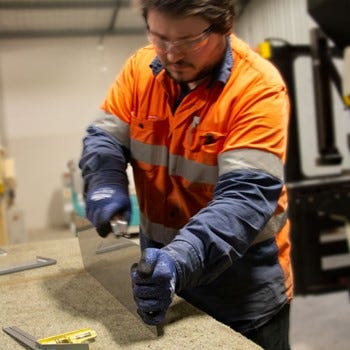

 Need assistance?
Need assistance?

